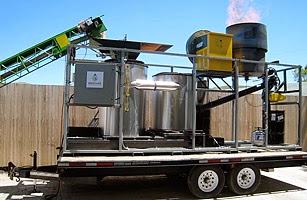We have all experienced situations where mobile data coverage has been poor. Well advertising and communcations firm BBH New York, have initiated a charity campaign called "Homeless Hotspot". Homeless people were engaged to roam the streets of Austin Texas during the SXSW Award week in March 2012, wearing T-Shirts reading "I am a 4G Hotspot" and offering conference-goers and other passersby access to the 4G Mobile data network for a donation.
BBH New York, states that "this charitable innovation initiative attempts to modernise the Street Newspaper model employed to support homeless population. At the same time providing a service to the data hungry public and a financial benefit to the homeless.
There have been mixed reactions to this campaign. Call it a PR stunt or truely charitable gesture by BHH New York, either way the idea is a innovative one.
Is this a PR stunt that is objectifying the homeless or is it truely innovative WiFi concept at the same time increasing awareness of the homeless, what do you think?
Human mobile data access points, Telco and ISP product managers take note!






























